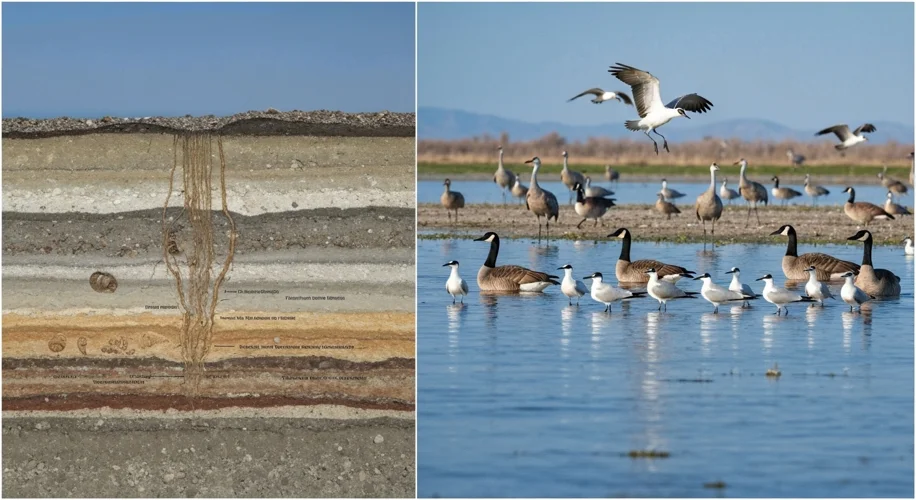Did you know that the Great Salt Lake, a vast inland sea in Utah, has a story written not just in its changing water levels, but in secrets buried beneath its surface? For years, scientists have been piecing together how human actions have fundamentally altered this unique ecosystem, and the findings are quite revealing.
For decades, we’ve heard about the lake shrinking. But what’s happening below the water is just as critical. New research, often involving sediment cores – essentially time capsules of the lake’s history – is shedding light on the long-term impacts of our presence.
One of the biggest revelations comes from understanding past water quality. By analyzing the layers of sediment, scientists can see how the lake’s salinity and chemistry have fluctuated. They’ve discovered that past human activities, like diverting water for agriculture and urban use, have significantly reduced the inflow of freshwater. This, in turn, concentrates the salts and minerals already in the lake.
Think of it like concentrating juice by letting some of the water evaporate. When less freshwater reaches the lake, the salts don’t get diluted. This isn’t just an abstract chemical change; it has profound effects on the brine shrimp and brine flies that call the lake home. These tiny creatures are the base of the food web for millions of migratory birds that rely on the lake as a critical stopover point.
Another secret uncovered is the impact of mining and industrial activity around the lake. Sediments can contain traces of heavy metals and other pollutants. When these settle at the bottom, they can remain locked away for long periods. However, as the lake level drops, these settled materials can become exposed, potentially re-entering the water column and affecting the delicate balance of the ecosystem.
What’s fascinating is how these buried secrets confirm what we’re seeing today. The historical data from sediment cores aligns with current observations of increased salinity, changes in species composition, and the vulnerability of the lake to dust storms carrying mineral-rich lakebed material.
This isn’t about blame; it’s about understanding. Knowing how we’ve altered the lake over time gives us the knowledge to make better decisions for its future. It highlights the interconnectedness of our actions, even those seemingly small or distant, and their ripple effects on natural systems.
So, what can we do? Conservation efforts are key. This includes more efficient water use, better management of upstream diversions, and continued research into sustainable practices that respect the needs of this vital ecosystem. The Great Salt Lake is a powerful reminder that our environment has a memory, and the stories it tells from beneath the surface are crucial for shaping a healthier future for all of us.

